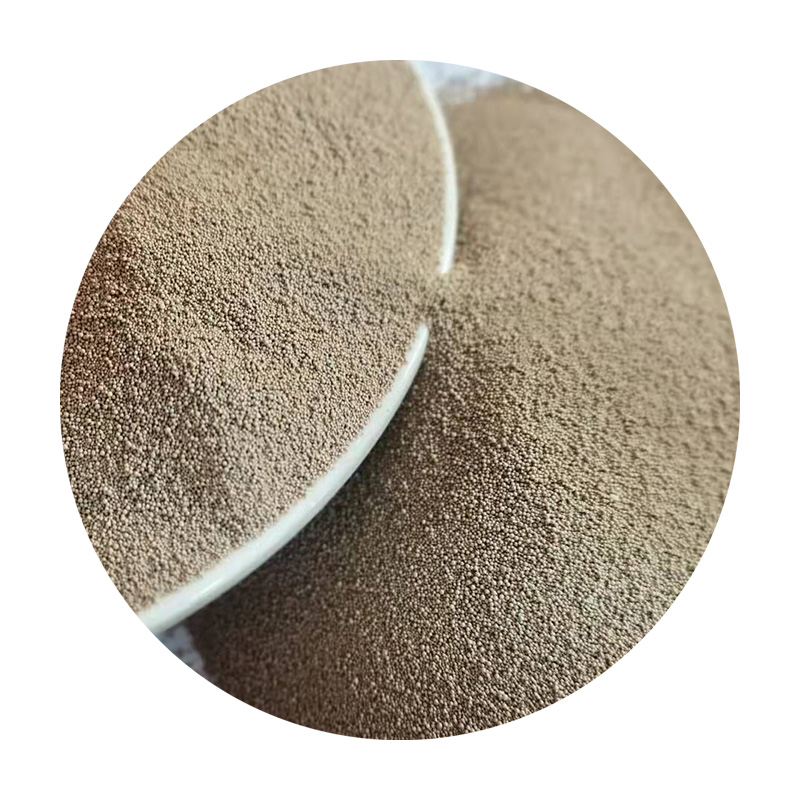Sand Casting Tolerances An Overview
Sand casting, one of the oldest metal casting methods, is widely used for its versatility and cost-effectiveness. This process involves pouring molten metal into a sand mold to create a desired shape. While the method’s simplicity is appealing, understanding the tolerances in sand casting is crucial for achieving accuracy and quality in the final product. Tolerances in sand casting refer to the allowable deviation from specified dimensions in a cast part. These tolerances are essential for ensuring that the components fit and function correctly in their intended applications.
Understanding Tolerances
Tolerances in sand casting are typically classified into two categories geometric tolerances and dimensional tolerances. Geometric tolerances relate to the shape and features of the casting, ensuring that the part not only fits well but also operates correctly within a mechanical assembly. Dimensional tolerances, on the other hand, focus on the actual measurements of the casting, including length, width, diameter, and thickness.
The American Foundry Society (AFS) has established guidelines to define standard tolerances for sand castings, which can vary based on several factors. These factors include the size and complexity of the part, the type of metal being cast, and the specific casting process used.
Factors Influencing Tolerances
1. Metal Type Different metals have unique properties that affect how they expand and contract during the casting process. For instance, aluminum castings typically allow for tighter tolerances than cast iron due to the differences in thermal characteristics and solidification rates.
2. Casting Methodology Variations in sand casting techniques—such as the use of green sand, resin-bonded sand, or investment casting—impact the achievable tolerances. Each method has its advantages and may introduce different levels of precision.
3. Part Size and Complexity Larger parts often require more generous tolerances due to the challenges associated with maintaining uniformity throughout the casting. Complex geometries can also necessitate broader tolerances to account for variations in molding and pouring processes.
4. Mold Precision The quality of the mold directly affects dimensional accuracy. Higher-quality molds will yield better tolerances. Molds can be fabricated using advanced technologies such as 3D printing, which can enhance precision compared to traditional methods.
sand casting tolerances

Standard Tolerance Ranges
While specific tolerances can vary, standard ranges are often employed. For instance, dimensional tolerances for sand cast iron parts generally range from ±0.5 mm for smaller parts to ±1.5 mm for larger ones. For aluminum castings, tolerances may be tighter, often ranging from ±0.2 mm to ±1.0 mm depending on the size.
Geometric tolerances, defined in terms such as flatness, perpendicularity, or concentricity, can also be specified within the engineering drawings or product specifications. It is important for manufacturers and engineers to clearly communicate these tolerances to avoid defects and ensure the intended functionality of the casting.
Quality Control Measures
To achieve the desired tolerances, rigorous quality control measures must be adopted throughout the sand casting process. This includes
- Pattern Design Careful consideration of the pattern’s design to compensate for material shrinkage and expansion. - Mold Inspection Regular inspection of molds and patterns to detect wear or defects before production.
- Temperature Control Monitoring the temperature of the molten metal during pouring, as variations can affect dimensional accuracy.
- Post-Casting Measurements Utilizing precision measurement tools after casting to ensure that tolerances have been met.
Conclusion
Sand casting tolerances play a critical role in the manufacturing process, influencing the reliability and functionality of the final product. By understanding and effectively managing these tolerances through careful selection of materials, processes, and quality control measures, manufacturers can significantly enhance the performance and longevity of their cast components. This awareness is essential not only for producers but also for engineers and designers who strive to create parts that meet rigorous industry standards. As technology advances, the techniques and tolerances in sand casting will continue to evolve, enabling even greater precision in the production of complex metal parts.
Post time:Дек . 13, 2024 04:48
Next:Customized Sand Casting Solutions for Your Manufacturing Needs and Projects
